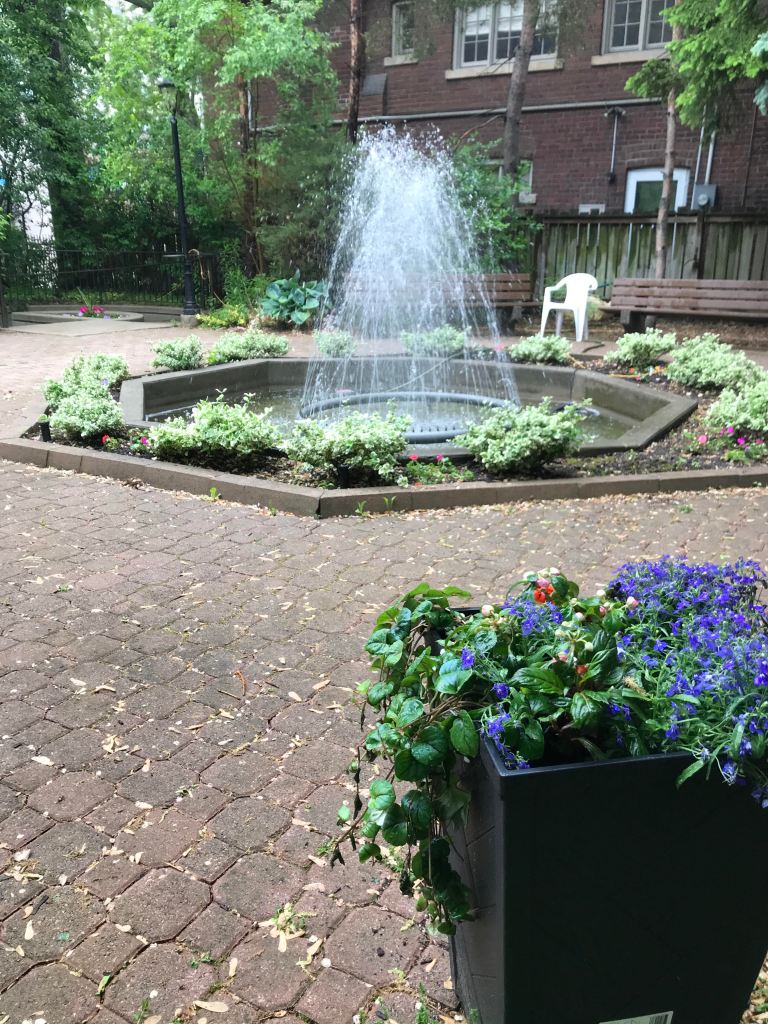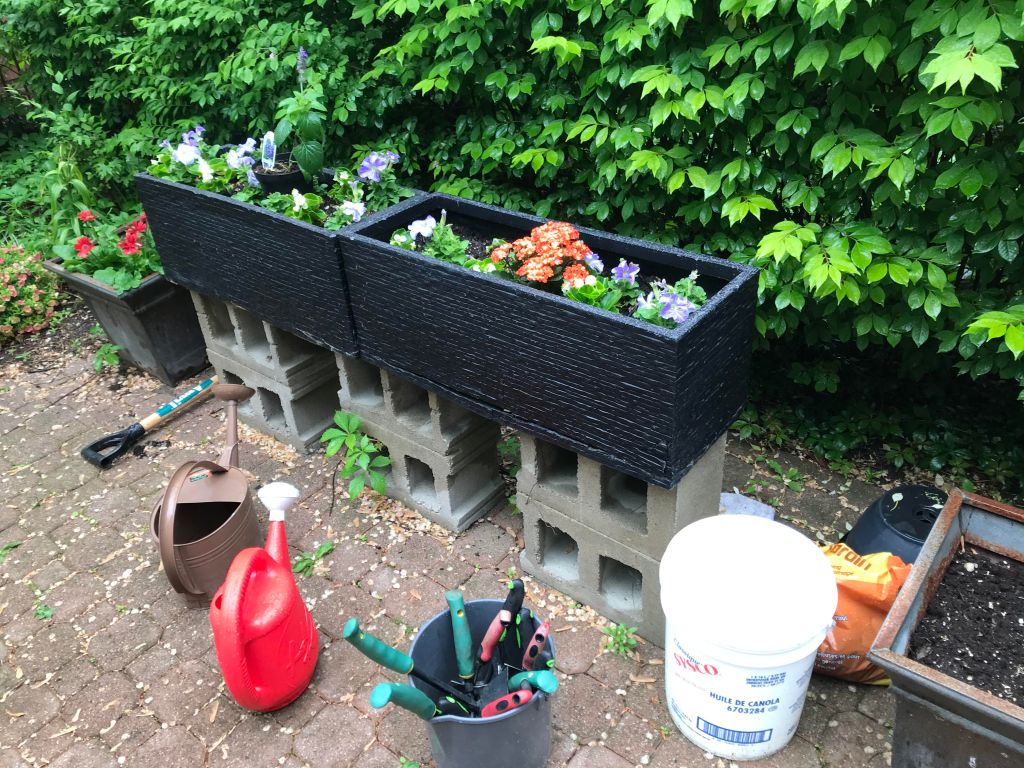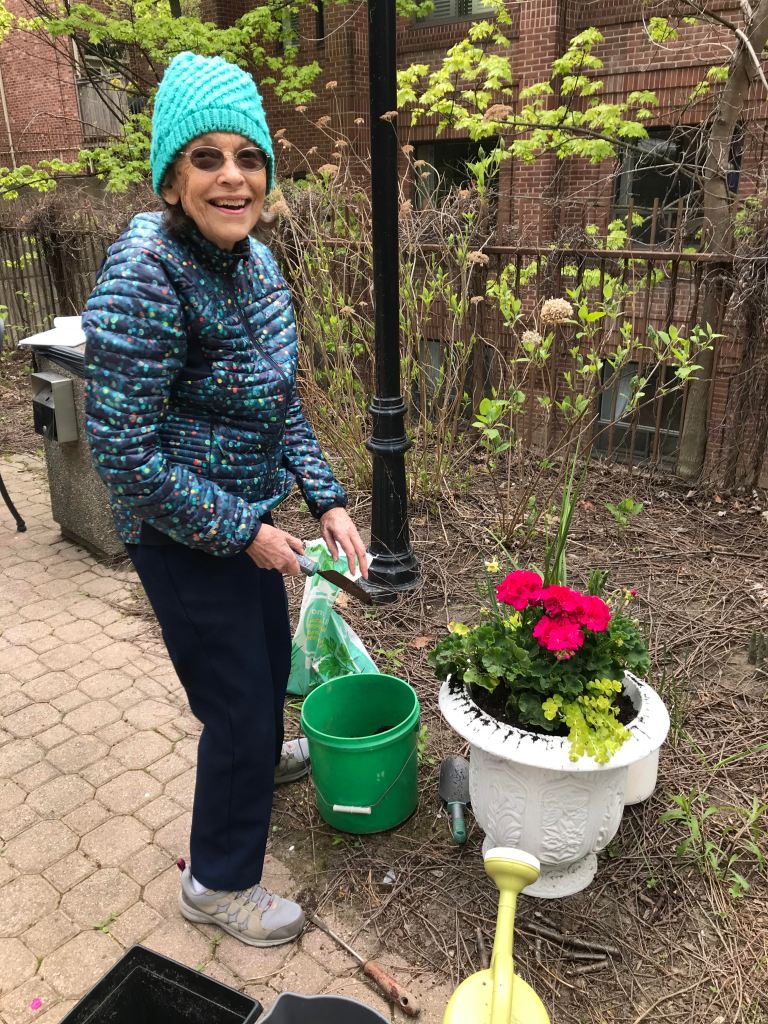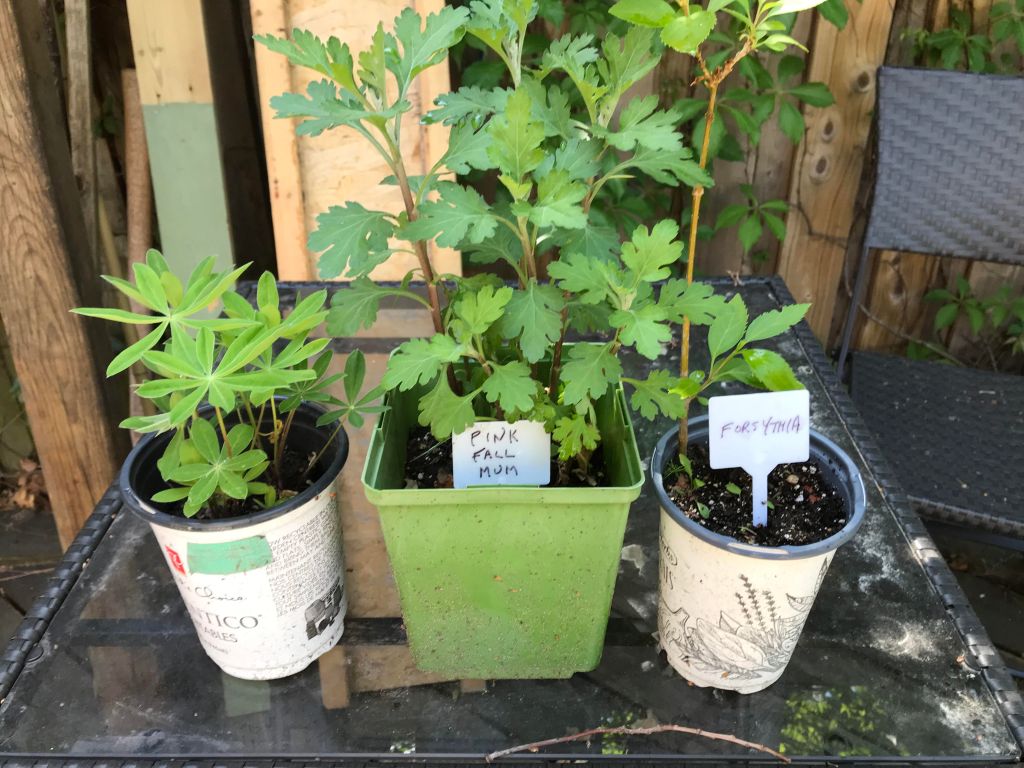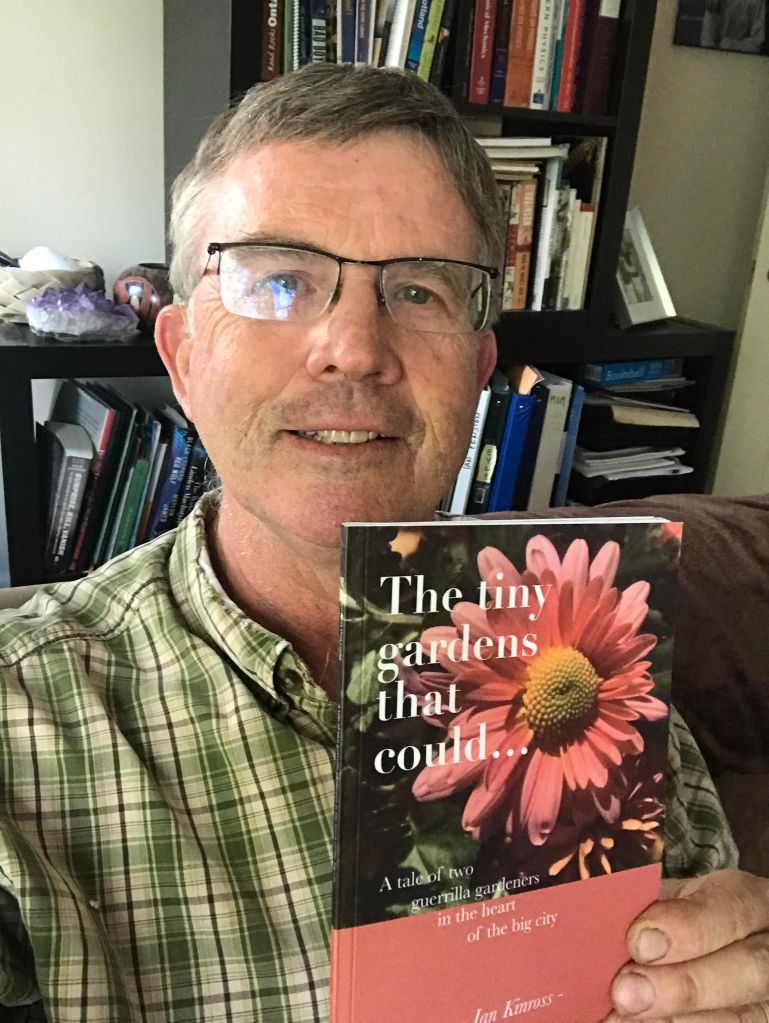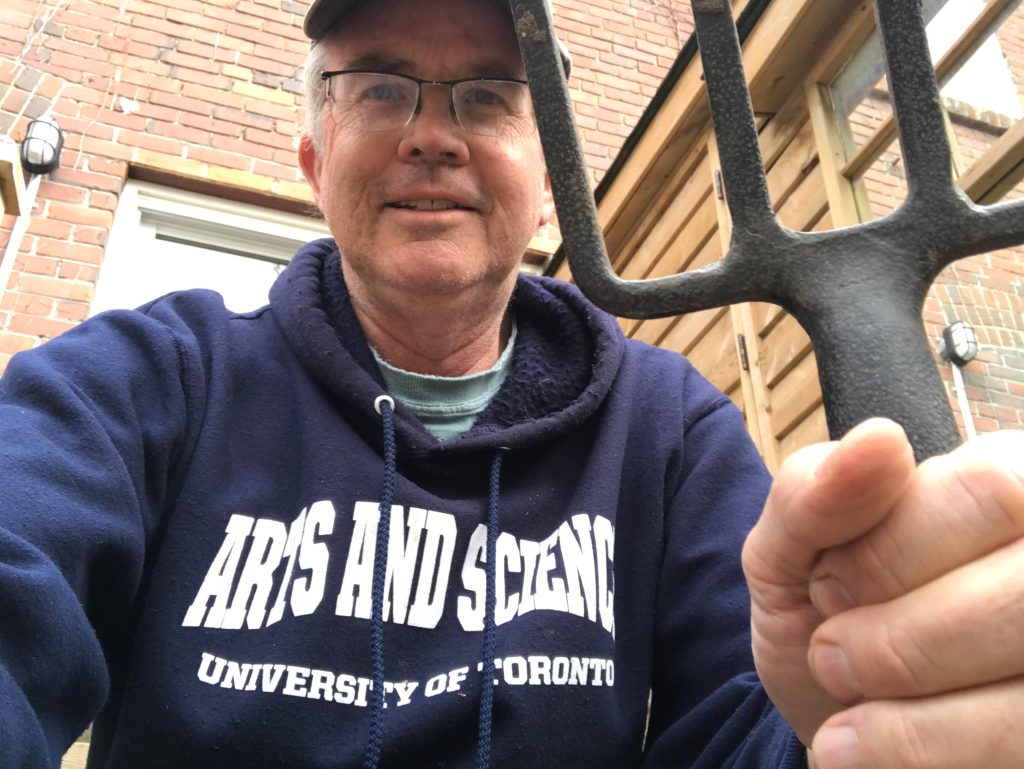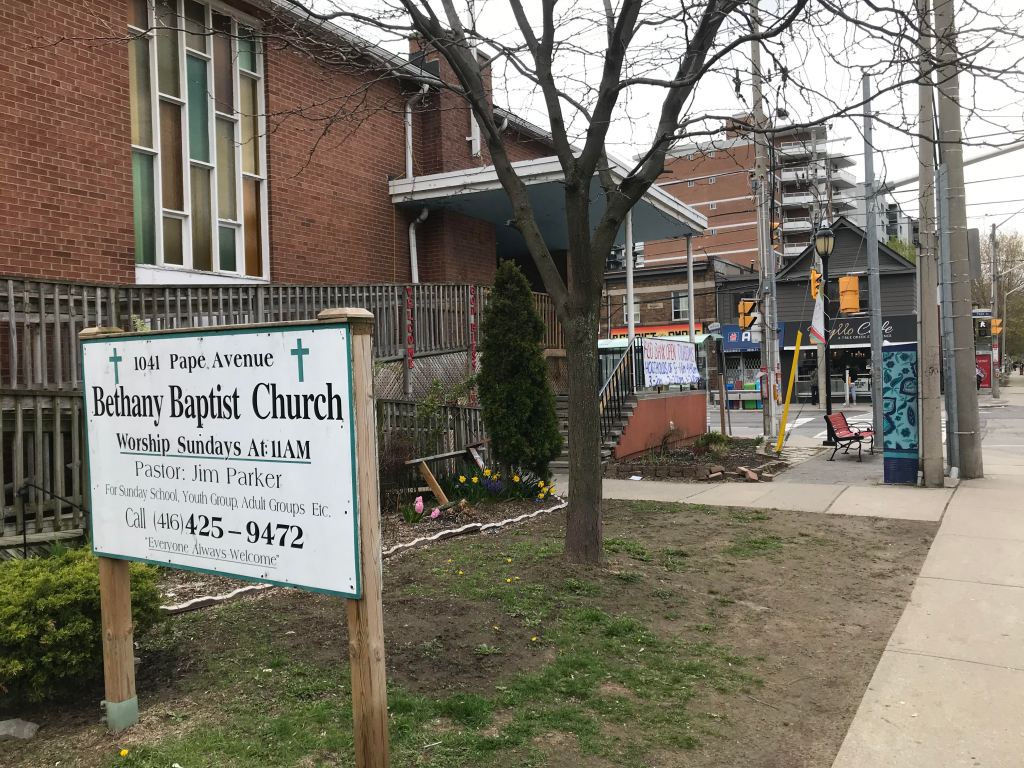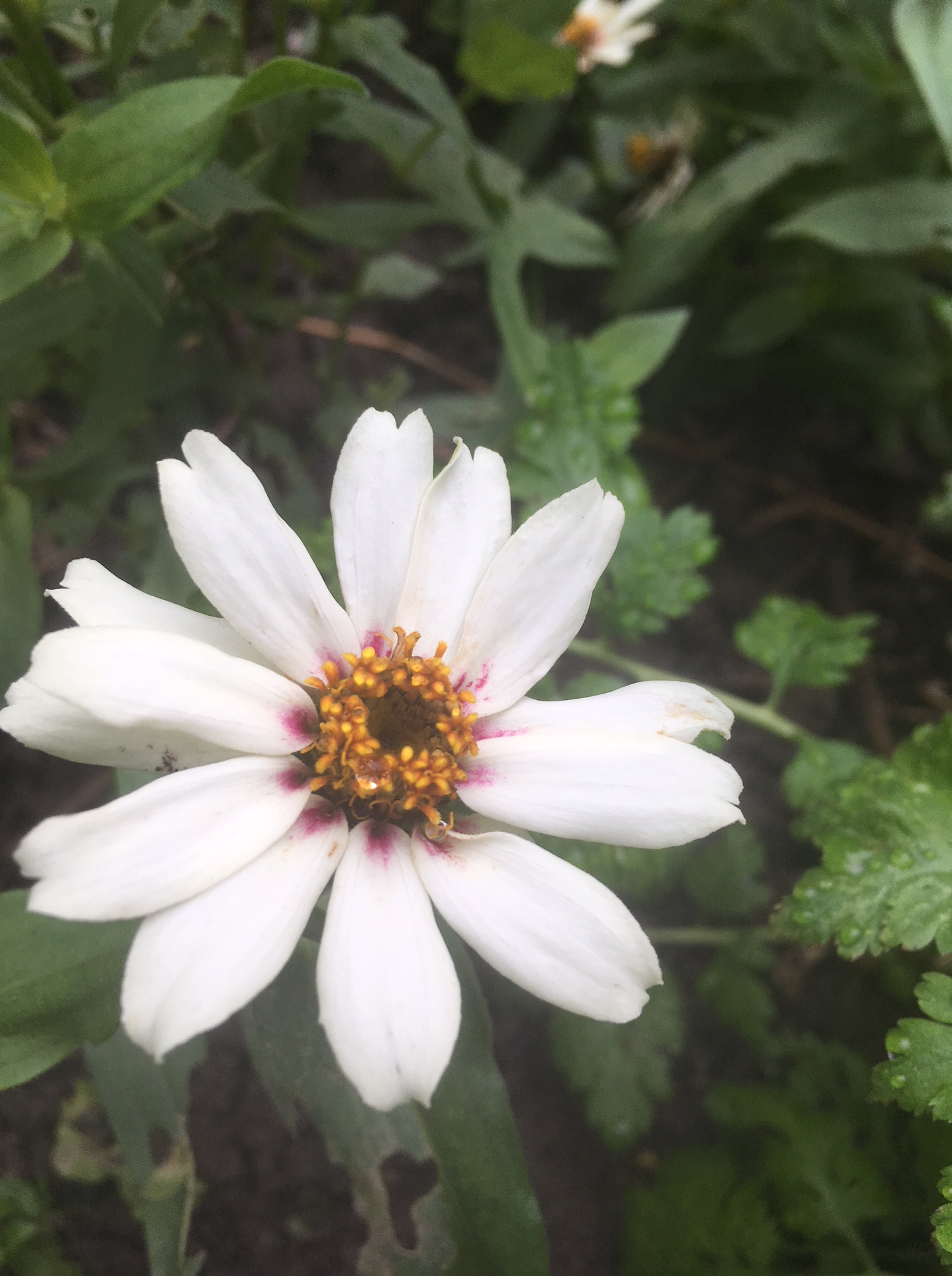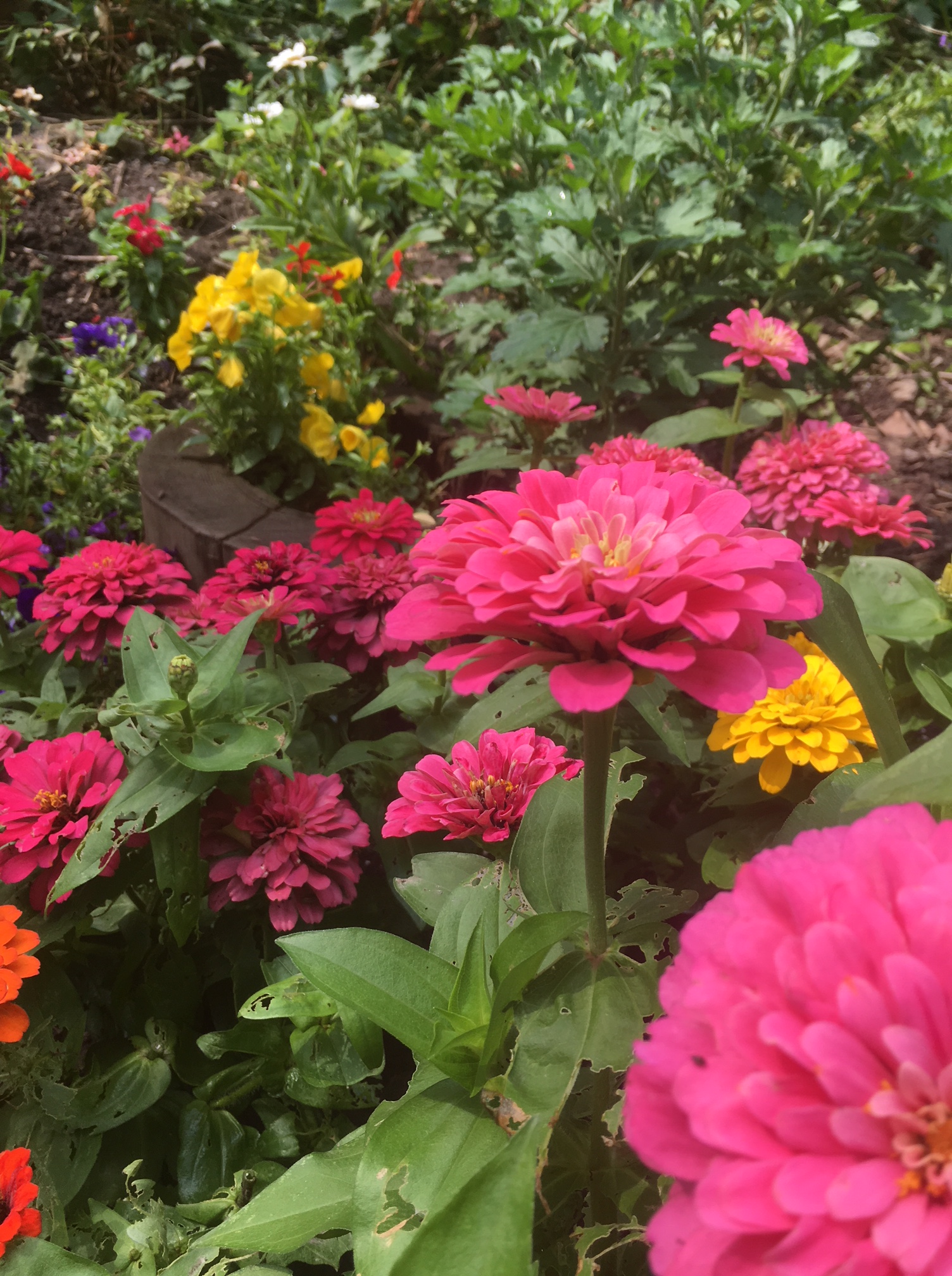In fall 2017, the team at Toronto’s Sunnybrook Hospital gave me a new sound system, replacing the impaired natural hearing in my right ear with a cochlear implant.
After hearing some mysterious beeps when the device was first activated at the clinic, I could suddenly sense my spouse, Nadine, speaking next to me on my right side, without swivelling around to look. “You’re hearing me better already,” she told me.
A couple of nights later, I went out with some friends to have a beer and shoot pool. The conversation felt easier. I could sit back and understand perhaps 75 per cent of a free-flowing conversation. Before the surgery, I would have been straining to catch even 40 per cent, using a combination of bad hearing in my left ear, some lip reading, guess work, and bluffing.
I now had a clunky sound processor perched on my right ear, delivering sound to my inner ear via cables, magnets and electrodes. But vanity be damned. Any sheepishness I felt about the apparatus was eclipsed by a sense of ease and wonder at the new sounds — even simple environmental sounds, like drips from the coffee maker.

Later that week I went into the bank and chatted with the teller — something that would have been intimidating before the implant.
The new sound was different — people’s voices sounded distorted, sometimes Darth Vader-ish. Certain musical sounds, especially percussion, sounded crisp and pure; however I was having trouble absorbing the full mix of most music. Meanwhile, I retained some limited and slightly distorted hearing in my left ear, using a conventional hearing aid. My brain was slowly adapting to this strange fusion.
Two years on, life with the cochlear implant has become the new normal. And sometimes we take good things for granted. So it’s important for me to look at the big picture of my journey — including some wins and continuing challenges. Here are a few:
One-on-one conversations
This had been my biggest challenge in the year or two before the implant. At work, my managers and colleagues helped with some workarounds. For example, my colleague Mike volunteered to join me to interview a patient with schizophrenia who was about to make the big leap to community care. Mike’s notes from that meeting filled in huge gaps related to my hearing trouble, and allowed me to tell the story. Still, each day I had less confidence speaking one-on-one. I approached some conversations with dread, wondering if I could function.
Following the implant, that simple act became easier, starting with the first time I could hear Nadine in my right ear. Or skyping with our daughters Ali and Colleen. Life’s simple pleasures were sometimes simpler again.
“Deaf mode”
When I had the implant surgery in 2017, it took away almost all of the natural hearing remaining in my right ear. The good news: when my new cochlear processor was operating, things were much better. But in situations where my processor was turned off — bedtime, sports or swimming, for example — I had to get used to an almost full-deaf mode.
I am still not used to it. I wake up in the morning in a fog of deafness. I start to feel better once my hearing devices are turned on. The coffee helps too.
At my weekly hockey game, I remove both devices — my implant processor, and the Bernafon hearing aid in my left ear — so they don’t get wet when I play. As a result, I am not much of a conversationalist on the bench. Most of the players know, and it’s okay. But I still miss the ease and fun of chatting during a game.
I could learn from a friend of mine who also has a cochlear implant — he takes out his hearing devices and meditates, fully accepting his deaf self.
New learning
After retiring early from my communications career from stress related to my hearing dysfunction, I am trying to restructure my life and purpose. Learning is lifelong and I am taking new directions in learning and teaching. Lectures in subjects ranging from architecture to politics, offered by University of Toronto’s Continuing Education, made me put on my thinking cap. Using stone-craft techniques learned at Haliburton’s School of the Arts, I built a series of dry-stone terraces at our cottage.
I took tentative steps towards teaching. The best result has been a new tutor role at East York Learning Experience. My student — who is just a year or two younger than me — is learning computer basics such as email and web navigation, and also brushing up on his reading and writing. We learn together. He reads slowly but understands deeply; we have some amazing discussions about books he is reading. The other week I had a big smile on my face when I received my student’s first email to me.
In another small foray into teaching, I was able to share some of my corporate communications experience with professional-writing students at York University.
Meniere’s disease
Meniere’s involves a fluid build-up that causes periods of vertigo, hearing distortion, hearing variability, and a steady overall hearing loss. I have this condition in both ears. Meniere’s is said to take its own course, and treatment is focused mostly on relieving symptoms such as nausea from the vertigo. Meniere’s took away my hearing to the point where conventional hearing aid technology was not cutting it, and I qualified for a cochlear implant.
Since the implant two years ago, I’ve had several bouts of Meniere’s-related vertigo in my left ear, but have had little or no symptoms in my right ear — the one with the cochlear implant. So that’s been a blessing, and it implies that if I ever have cochlear implant surgery in my left ear, it should reduce Meniere’s symptoms there too.
Music
Playing and listening to music were a big part of my life. When my hearing became distorted and muted before the implant, I gave up both. Some favourite songs sounded like garbage — it was too painful to try to listen.
I’ve taken some tentative steps to play and listen again. I’m giving myself a homework assignment this winter to get back into it with more vigour. When it comes to familiar music, I have a magic triad going for me — the three-way links between my brain’s memory, my new cochlear sound system, and my remaining distorted natural hearing. That combination means I can at least make progress on music that is familiar.
The biggest challenge with unfamiliar music is locking on to the musical key, and interpreting the musical mix. I’ll give you an example: I went to see a saxophone quartet recently at an event hosted by the Don Mills Public Library, back in my old suburban stomping grounds. The quartet — Sidecar 78 — channels a range of classical, pop, jazz and seasonal music in a tight style. At this concert, I found that when I knew the tune and could lock on to the melody, the complete musical picture came into focus — like a big inky blob on a Rorschach test suddenly revealing a familiar face.
Favourite songs like Stevie Wonder’s Sir Duke — a tribute to Duke Ellington — and Henry Mancini’s theme to the Pink Panther — came into sharp focus for me. At the same time, I struggled to find the key signature and melody in songs I did not know.
At Sunnybrook Hospital, researchers are studying the ability of cochlear implant recipients to listen to music. Next week, I will have 50 electrodes attached to my head while I listen to classical music duets, and focus on just one instrument. I hope that research like this will continue to improve the precision and effectiveness of hearing devices such as cochlear implants and hearing aids.
The final part of my musical homework this winter will be learning some classic snare drum solos. Wish me luck.



